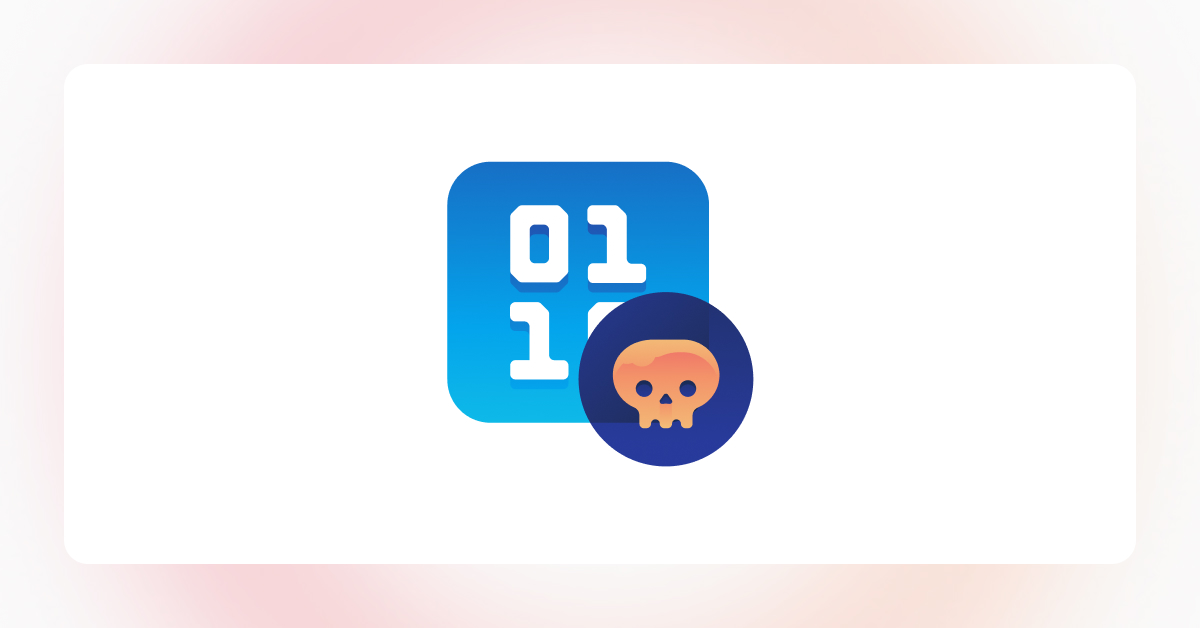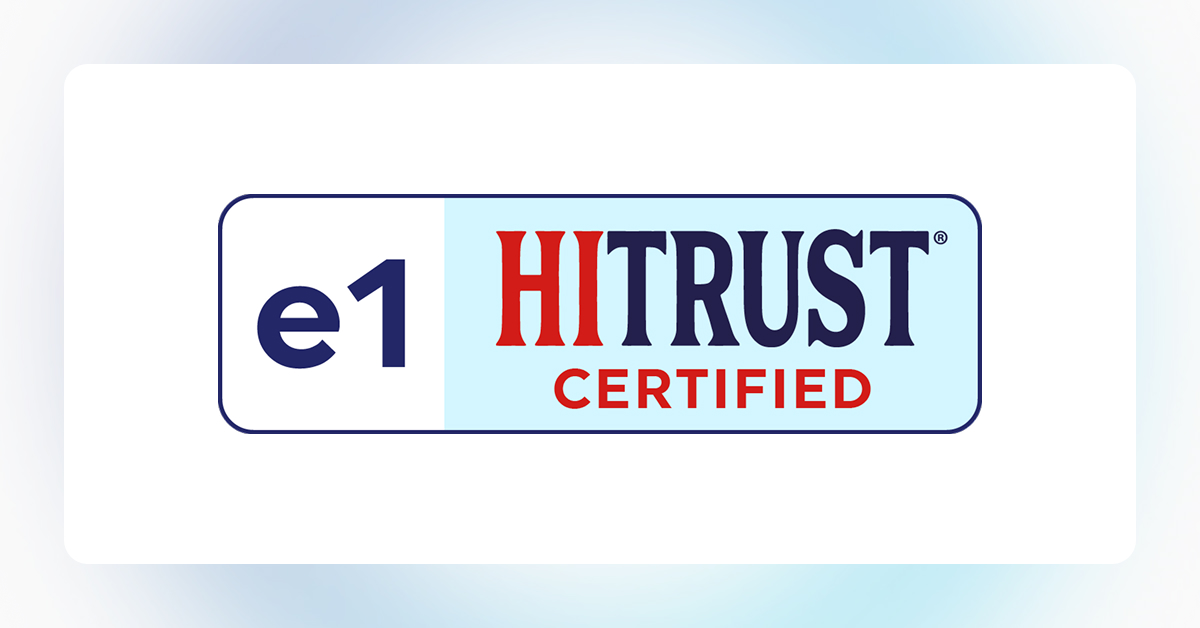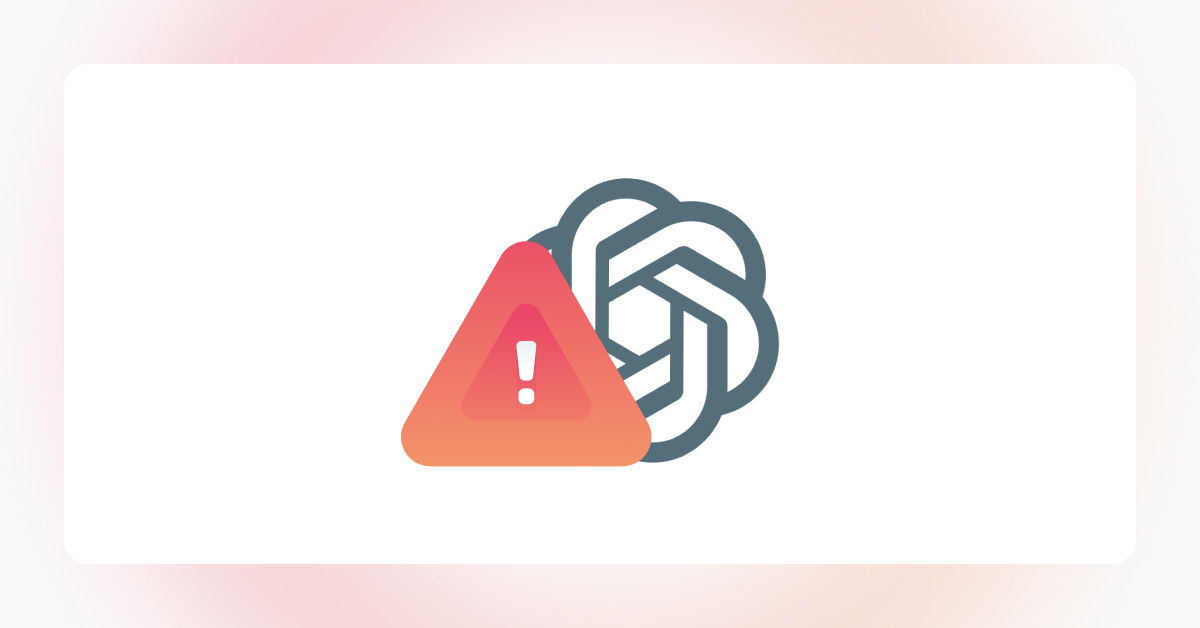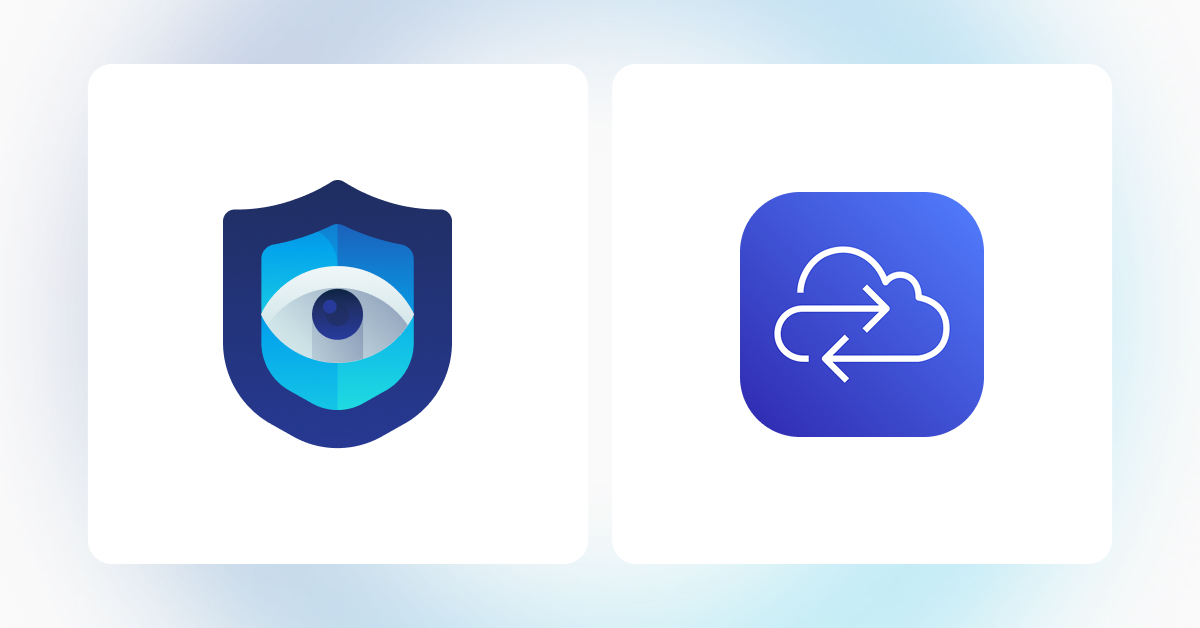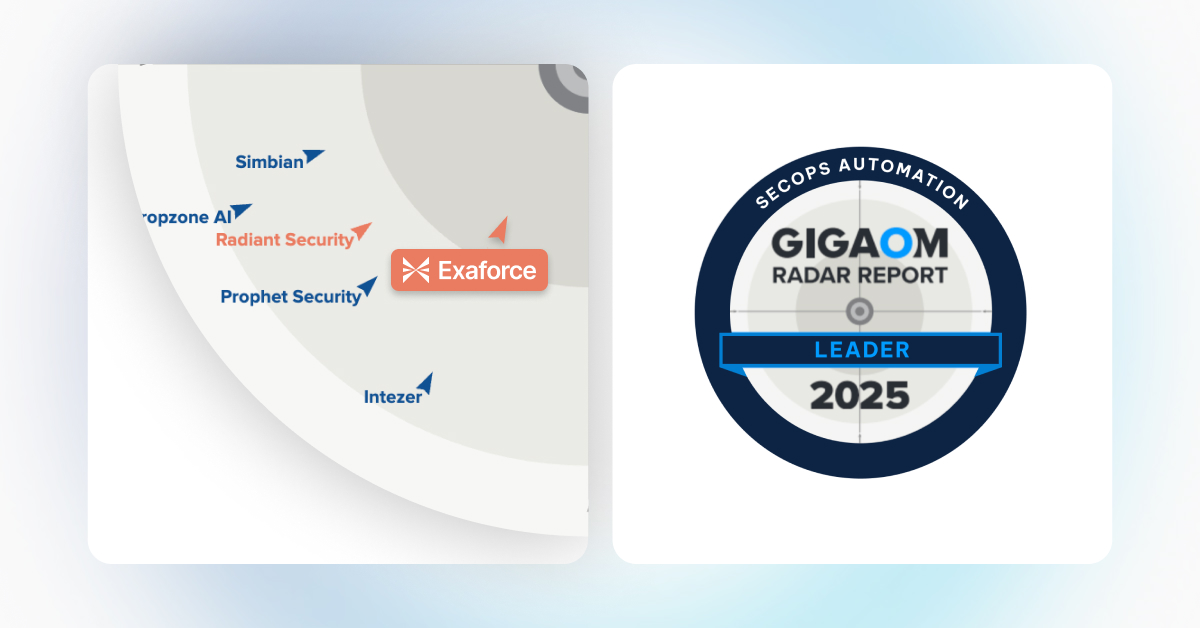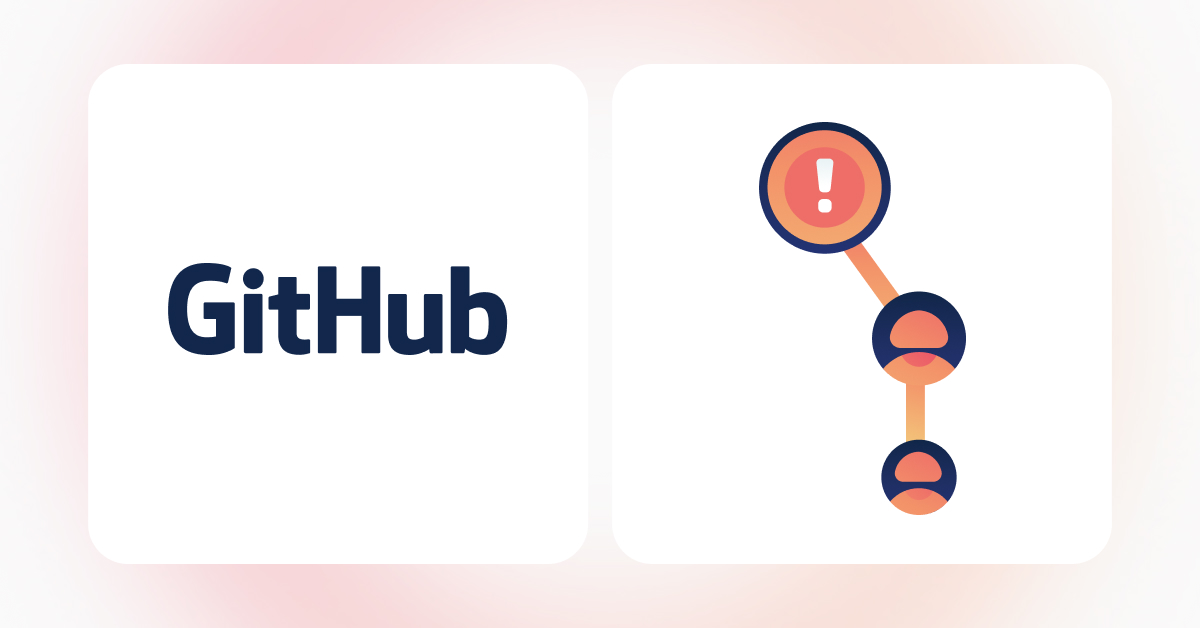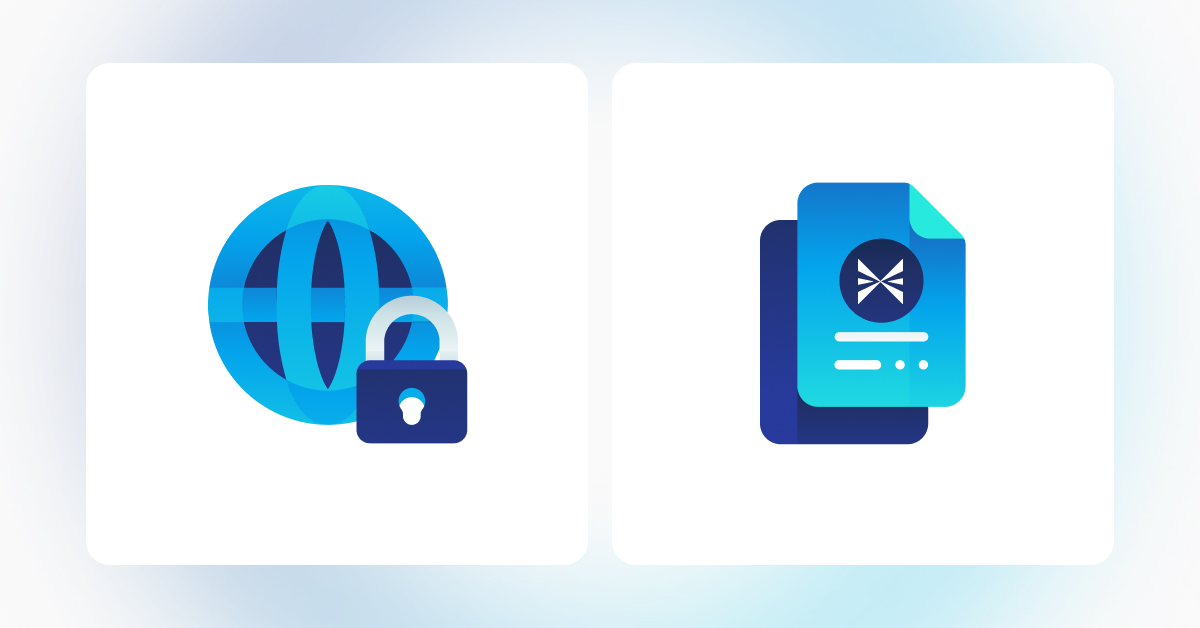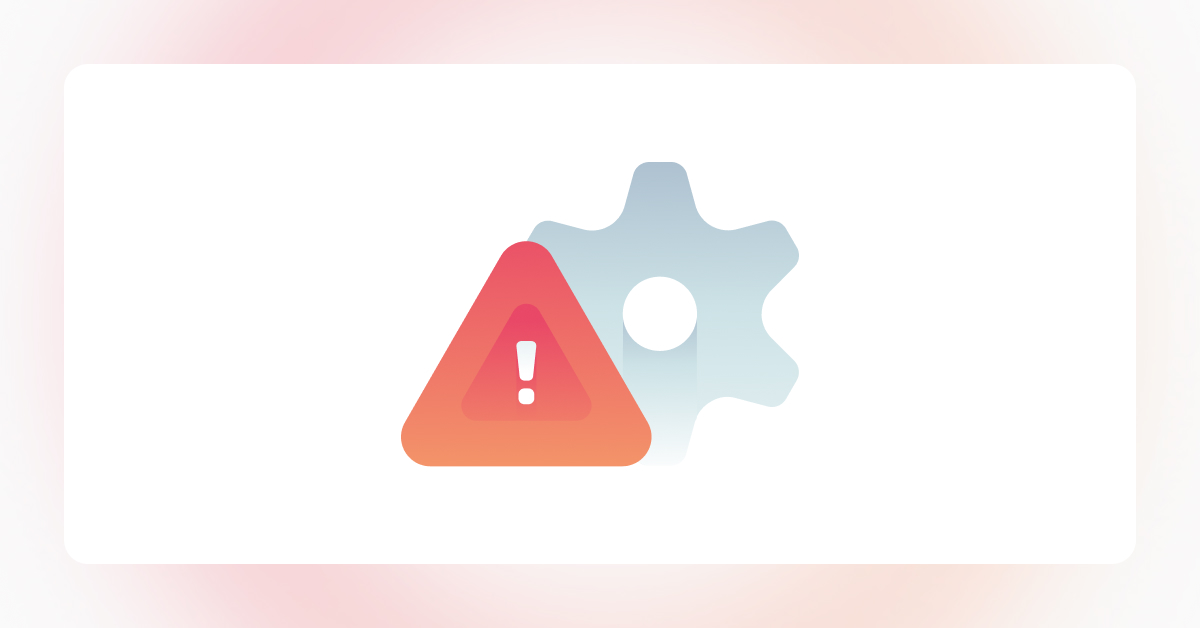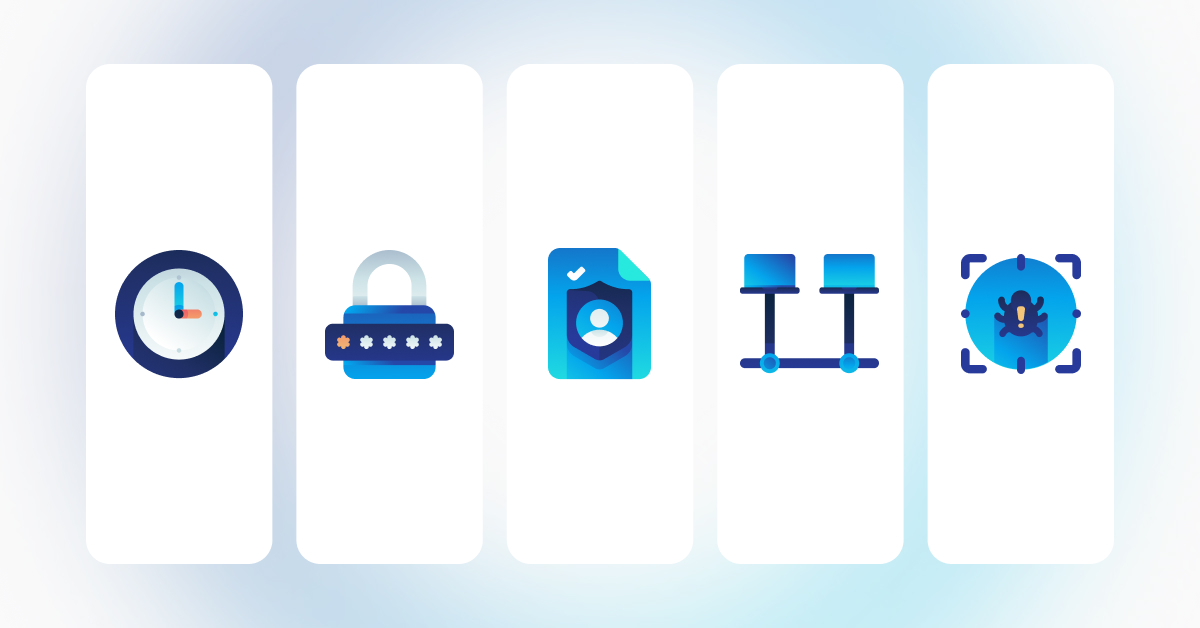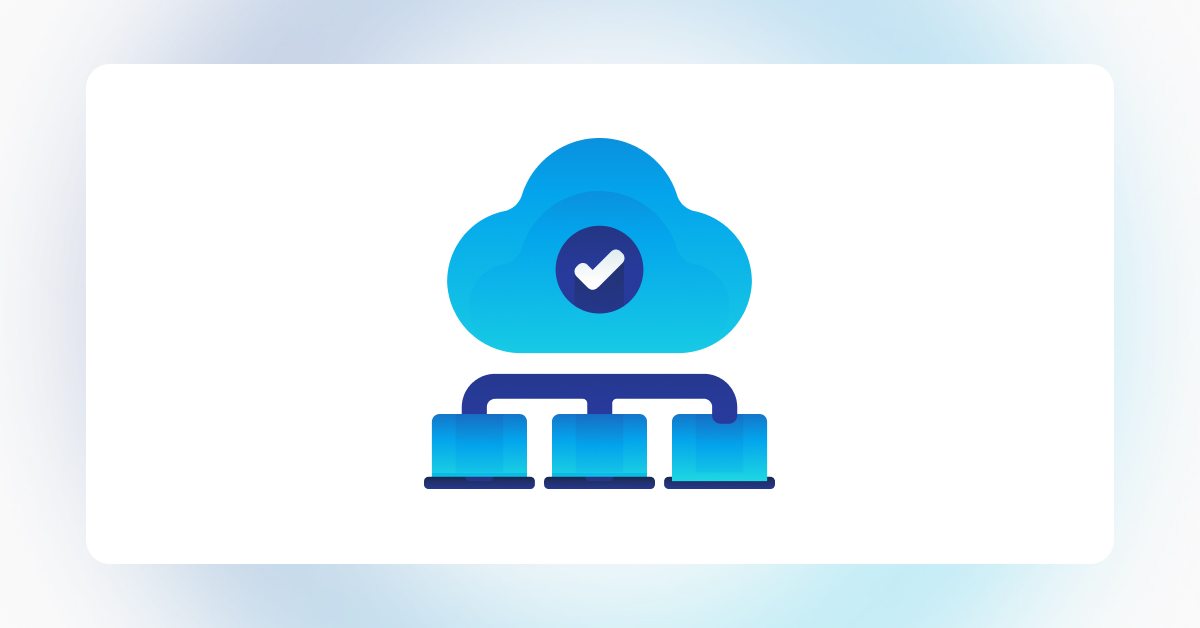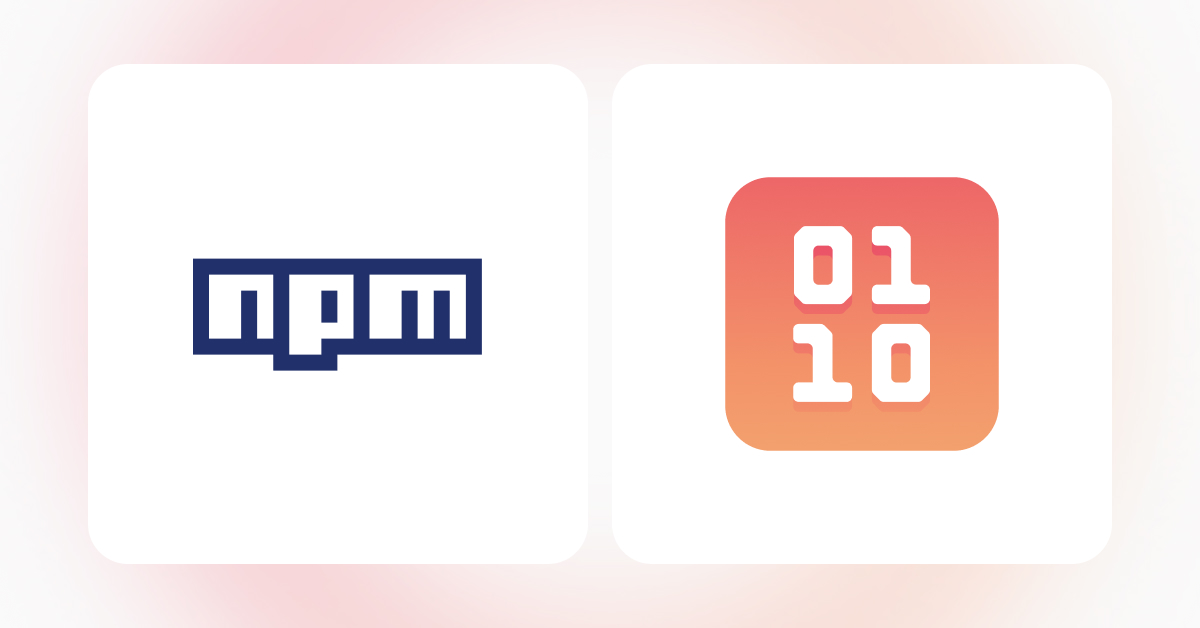The KiranaPro breach: A wake-up call for cloud threat monitoring
The breach at KiranaPro, an Indian grocery delivery startup, underscores a widespread misconception: that cloud-provider controls alone are sufficient. After attackers gained access through a former employee’s account, they deleted KiranaPro’s entire AWS and GitHub infrastructure—wiping out code, data, and operations. The incident highlights a dangerous gap in how organizations monitor SaaS and IaaS environments.
A deeper look at the KiranaPro incident
On May 26, 2025, KiranaPro’s entire cloud infrastructure was wiped out by hackers who exploited credentials from a former employee. Despite the startup’s use of standard security measures, including multi-factor authentication, attackers managed to bypass these safeguards. The damage included deletion of sensitive customer data, operational code, and critical cloud resources. The root issue was not a weakness in AWS or GitHub, but rather gaps in KiranaPro’s own security practices, specifically inadequate user access management and a lack of proactive monitoring for abnormal activity.
Cloud providers aren’t watching your accounts
Many organizations mistakenly believe cloud providers handle comprehensive security. In reality, cloud providers employ a “shared responsibility model”: providers secure the underlying infrastructure, while customers secure their data, accounts, and access policies. KiranaPro’s breach vividly demonstrates the risks organizations face when they misunderstand or neglect their side of this shared responsibility.
Built-in security tools from SaaS and IaaS providers are robust, but they typically focus on static defenses and configuration checks. They rarely detect real-time threats like credential misuse or unauthorized account activity—issues central to the KiranaPro breach.
Threats aren’t just insiders
While insider threats (e.g., former or disgruntled employees) pose a significant risk, proactive threat monitoring is essential across multiple attack vectors. External attackers frequently exploit stolen credentials, phishing attacks, misconfigurations, and weak API security. Organizations must recognize that threats come from multiple directions simultaneously.
Proactive threat monitoring involves continuously analyzing cloud activities in real-time to spot anomalies—such as logins from unexpected locations, abrupt permission changes, or unusual data deletions—and taking immediate, automated action to contain threats. Some organizations use SIEM rules to detect these patterns. Others adopt platforms that deliver out-of-the-box monitoring across SaaS and IaaS environments.
Practical takeaways from KiranaPro
The KiranaPro breach underscores the importance of continuous vigilance in cloud security. Organizations cannot afford to adopt a passive stance:
- Strict access controls: Access to critical systems should be restricted to only those who absolutely need it, following the principle of least privilege. Over-permissioned accounts increase the impact of any compromise or misuse. Privileged actions should be tightly scoped, and administrative access should be granted only when required and revoked when not in use.
- Avoid persistent IAM credentials: Long-lived credentials—especially for privileged IAM users or root accounts—create enduring risk. Instead, use short-lived, automatically rotated credentials issued via identity federation (e.g., IAM roles with SSO) or just-in-time access. This approach reduces exposure, improves auditability, and makes it easier to manage access at scale.
- Systematic offboarding: Any IAM user accounts or long-term credentials associated with former employees must be revoked immediately. However, simply deleting these credentials can break production systems, so it’s critical to understand their usage beforehand. Having visibility into actual credential usage and mapping dependencies is therefore essential for secure offboarding.
- Change control via CI systems: All changes to production environments should be enforced through controlled CI/CD pipelines with mandatory approvals. This discipline adds a valuable layer of oversight and would have likely caught or prevented a destructive action like a mass deletion. While idealistic, it’s a proven safeguard that mature cloud teams should strive toward.
- Disaster recovery and backups: No system is immune to compromise. Having a disaster recovery plan—including infrastructure-as-code templates and tested, restorable backups—can make the difference between downtime and a total shutdown. KiranaPro’s inability to quickly recover infrastructure suggests major gaps in their resilience planning.
- Proactive monitoring: Investing in active threat monitoring solutions ensures real-time visibility into system activities, significantly enhancing the ability to detect and mitigate potential security threats swiftly.
Additional best practices from the field
In our previous blog, “Bridging the Cloud Security Gap: Real-World Use Cases for Threat Monitoring,” we examined common cloud security anti-patterns and offered actionable guidance to continuously monitor, detect, and effectively respond to emerging threats.
One highlighted use case involved a device manufacturing company relying on a single IAM user with long-term credentials accessed from multiple locations. This setup amplified risk due to varied operating systems and environments. To mitigate this type of risk, additional recommendations from our best practices blog include:
- IP Allow-Listing: Defining and enforcing an allowed list of IP addresses for each location.
- Resource Access Monitoring: Continuously monitoring and logging which resources the IAM user accesses.
- User Agent and Device Validation: Identifying and allowing only predefined user agents and flagging anomalies.
These measures are also applicable to preventing cloud breaches like the one experienced by KiranaPro.
Conclusion
The KiranaPro breach is a reminder that cloud security requires ongoing, active vigilance. Organizations should move beyond relying solely on provider-native tools and adopt continuous threat monitoring as a foundational security practice. By clearly understanding their security responsibilities, implementing robust access governance, and monitoring cloud activities proactively, companies can significantly reduce their vulnerability to breaches and maintain operational resilience.
Need help building real-time visibility across your cloud stack? Exaforce provides AI-driven threat monitoring across IaaS and SaaS environments such as AWS IaaS, GCP IaaS, Github, Okta, AWS Bedrock, Google Workspace etc. that allows you to expand your threat coverage to your cloud services without writing and maintaining rules. Contact us to request a demo.






